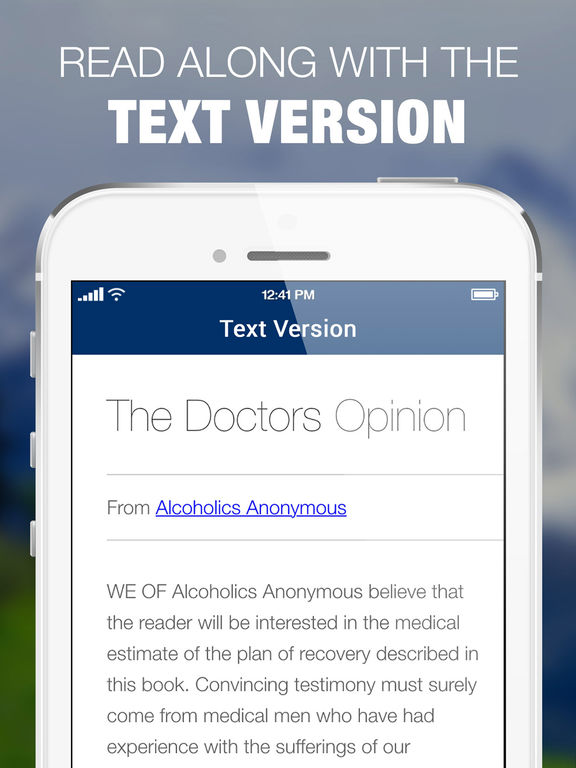

Some notable WCAG 2.0 Level A requirements include: Hopefully, your site already meets at least WCAG 2.0 level A Websites that do not at least meet WCAG 2.0 A are impossible or exceedingly difficult for people with disabilities to use. These conformance requirements essentially prohibit elements that would make the website inaccessible.
LEVEL AA AUDIO BOOK DOWNLOAD
Does your site meet WCAG 2.0 AA level compliance?įind out: Download the Free Checklist WCAG 2.0 Level A: Minimal compliance

This means the biggest difference between conformance levels A, AA and AAA are what they actually mean for users. However, WCAG does not outline specific actions that every website must take, rather it states what accessible websites should do. These criteria cover everything from site navigation to text to videos to inputs and more. What do the different WCAG conformance levels A, AA, and AAA mean?Īs previously mentioned, WCAG 2.0 A, AA, and AAA all have criteria that must be met. The different WCAG levels also provide more flexibility, so even very complex websites or cutting-edge technologies can maintain a minimum level of compliance. The distinction between conformance levels gives developers an organized structure for minimal, acceptable, and optimal accessibility. Each level includes guidelines that must be met to consider the website accessible for all users. There are three compliance levels within WCAG 2.0 (and, most recently, WCAG 2.1): A, AA, and AAA. In this blog post, we’ll answer some common questions about WCAG compliance levels, including what WCAG A, AA and AAA are, what they mean for your site, and which compliance level you need. Though this distinction is important, it can be confusing. There are three levels of WCAG compliance A, AA, and AAA. When it comes to accessibility compliance, the Web Content Accessibility Guidelines (WCAG) version 2.0 AA is the most-used standard worldwide.


 0 kommentar(er)
0 kommentar(er)
